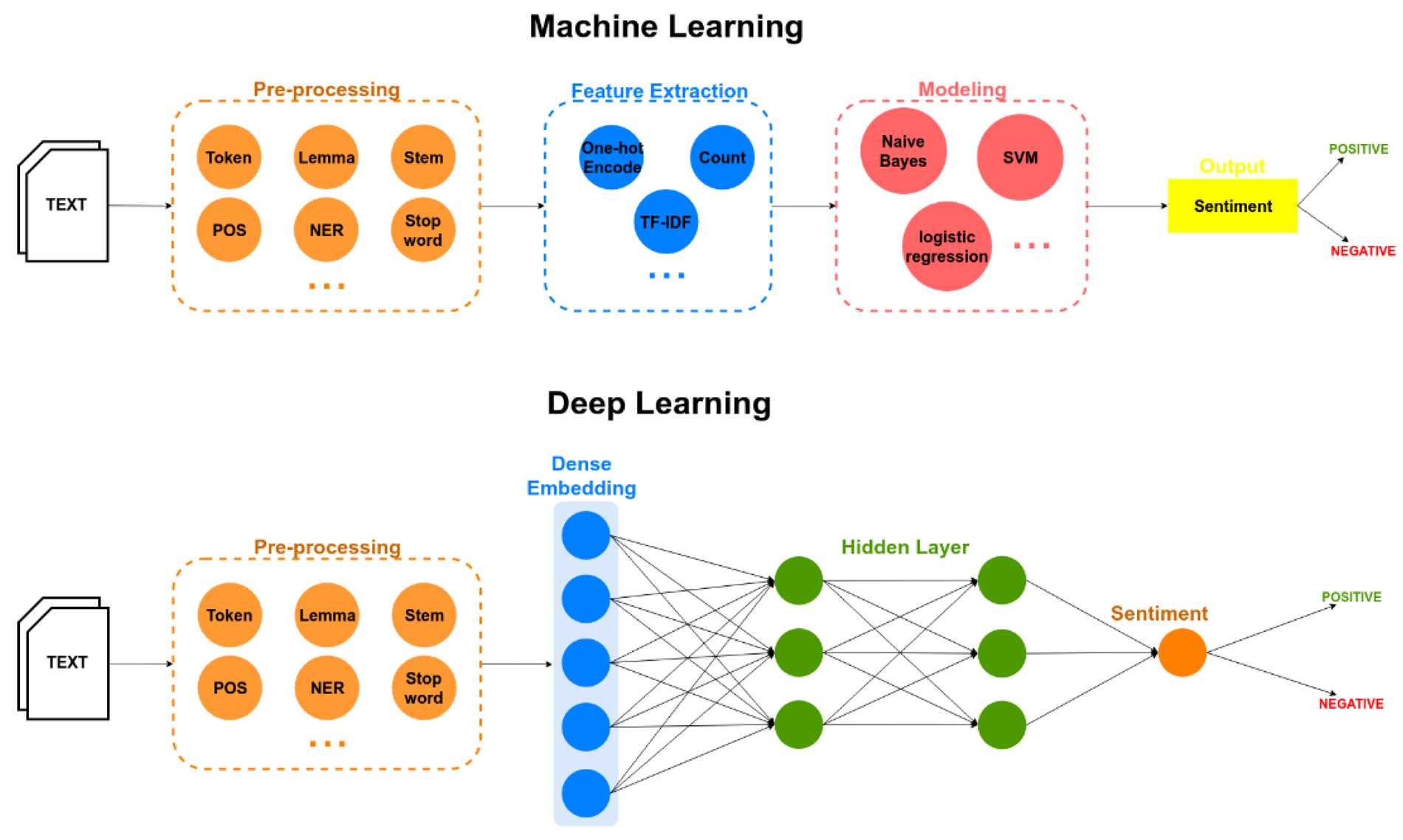
In today’s digital age, understanding and processing natural language has become a key challenge for many industries. From chatbots and virtual assistants to sentiment analysis and text classification, natural language processing (NLP) plays an important role in all kinds of applications. However, implementing NLP algorithms from scratch can be complex and time consuming.
Fortunately, advances in deep learning and the availability of powerful frameworks such as Keras have made building NLP models much easier. written in Python and working with Tensorflow, Keras is a high-level neural network that allows developers to prot prototypes quickly and implement deep learning models in a few lines of code.
Text to Keras simplifies the NLP process by transforming textual data into powerful deep learning models. Whether you are analyzing customer reviews, categorizing news articles, or generating language recommendations, the app provides a user-friendly interface to simplify your NLP workflow.
Text to Keras app uses advanced NLP techniques such as enclosed words, repeated neural networks (RNNs), and attention mechanisms to remove meaningful representations from text data. By allowing apps to learn language-specific patterns and structures, tasks such as sentiment analysis, text generation, and automatic translation can be performed with remarkable accuracy.
In addition, the application offers an intuitive, user-friendly interface that allows you to easily load text data, select the appropriate NLP tasks, and adjust all kinds of hyper parameters according to your needs. You can choose from a variety of initially trained models or use your own personal data set to train personalized models.
Whether you are a data scientist, developer, or business analyst, Text to Keras allows you to apply the power of deep learning and NLP without having to build models from scratch. Start simplifying your own NLP plan today and gain valuable insights from your own text data.
What is Natural Language Processing?
Natural Language Processing (NLP) is a field of artificial mind origins that focuses on helping comprehend and human language. It concerns the ability of machines to consciously and accurately recognize, interpret, and manipulate human language.
NLP seeks to bridge the gap between human communication and computer consciousness. This includes the development of algorithms and models that enable computers to analyze and recognize natural language (both written and spoken).
One of the main challenges of NLP is the inherent complexity and ambiguity of natural language. Human language is fluid, context-dependent, and can be expressed in many different ways; NLP technology aims to overcome these challenges using machine learning and deep learning algorithms.
NLP has numerous applications in all kinds of fields and disciplines. Used in speech recognition systems, automated language translation, sentiment analysis, chatbots, information extraction, and many other areas, NLP has the potential to revolutionize the way we interact with computers, making them more comfortable and instinctive.
Leave a Comment